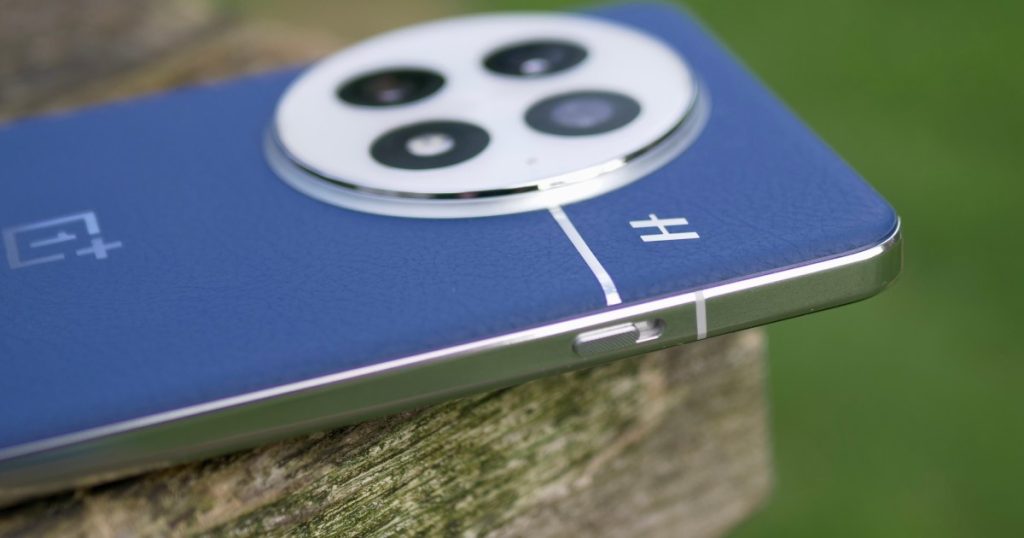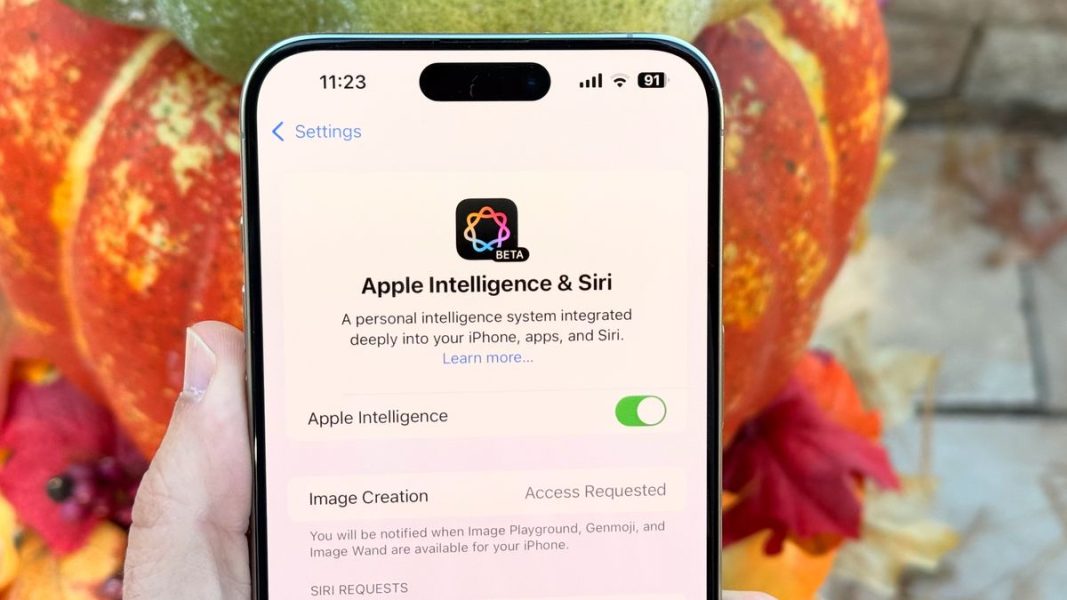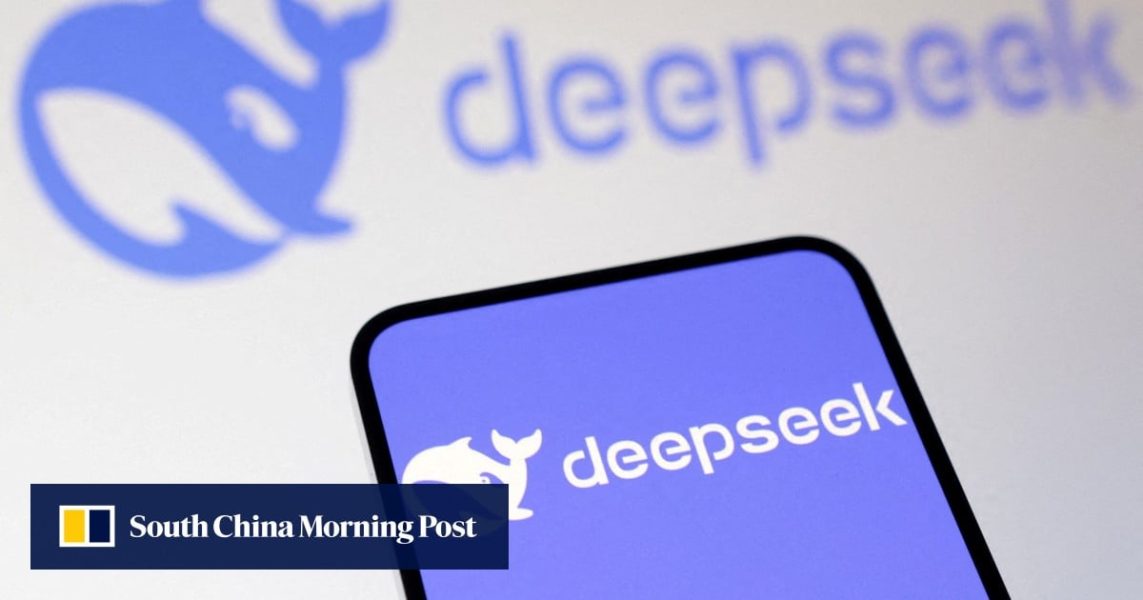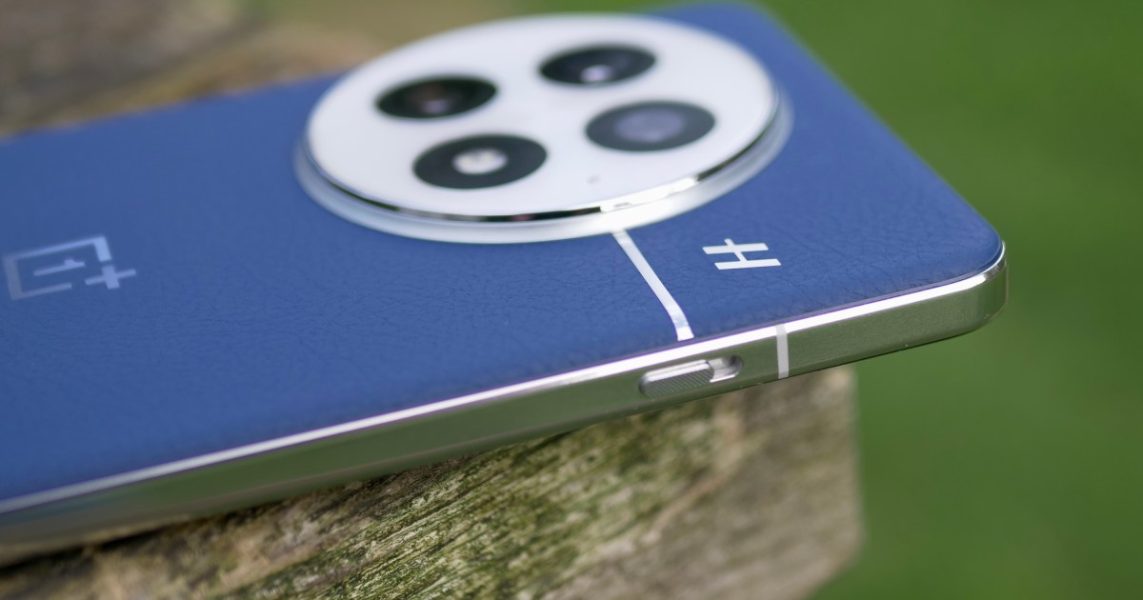OnePlus is killing it, but it still needs fix this problem with its phones – Digital Trends

If you’re looking to buy one of the best phones right now, you need to consider the latest flagship from OnePlus. Dubbed the OnePlus 13, it launched three weeks ago and after spending more than a month with it, it’s become clear that it’s my favorite Android smartphone.Yet, there’s a clear problem with the OnePlus 13 and it’s a long-standing problem that OnePlus has never really tried to resolve. Well, that’s not entirely true but internal strife between former co-founders and the complex issue of its relationship with sibling Oppo have made it a challenge for OnePlus to solve this.What’s the problem? That’s easy: carrier relationships. Most customers in the U.S. buy their phones from their carrier, but despite a brief foray, OnePlus has strayed away from striking carrier partnerships. For the OnePlus 13, this is to its detriment; here’s why carrier partnerships are the final boss frontier that OnePlus must solve.Look at the history of successful smartphone brands in the U.S. and one thing is readily apparent: carrier partnerships are key. This isn’t a phenomenon that is limited to just the U.S., but carrier partnerships in the U.S. can quite literally be the difference between success and failure for a new brand.I worked across all carriers in the UK over a decade-long career and one thing was apparent all those years ago: customers relied on carriers as the final point of sale. For many years, customers also relied on in-store salespeople but the Galaxy S3 and iPhone 5 in 2012 marked a particular turning point. For the first time, more customers had researched which product and cell plan to buy online, as part of a growing shift towards relying on search engines instead of in-store salespeople as the first port of call.Despite this shift, carriers still have an outsize influence over which product is ultimately sold, especially as buying a phone online is still more challenging in the U.S. than it needs to be. Crucially, it also allows salespeople to skew final purchase decisions towards their vested interests, i.e. which brand offers the highest commission or represents the easiest overall sale.In 2007, I noticed a big shift in the role that carriers play. Before the launch of the first iPhone — which was exclusive to AT&T in the U.S. and O2 in the UK — carriers had more control than phone makers over product positioning, marketing, and pricing. As a result, the price of a phone would vary dramatically between different carriers, and phone makers had little control over software branding, preloaded apps, and the overall experience.Consumer interest in the iPhone coupled with Apple’s marketing and its willingness to strike an exclusivity deal with just one carrier all meant a big shift in the relationship between the two key parties. The iPhone prevented carriers from deploying existing tactics, and as a result, the price of an iPhone became highly standardized regardless of where you purchased it from. Even as the iPhone became widely available across multiple carriers, this phenomenon continued.Apple’s outsize influence on this relationship ultimately boiled down to its willingness to deploy considerable amounts of marketing. The net effect was to drive consumer interest, which in turn, increased consumer demand and made it far easier for carriers to complete a sale. BlackBerry, Nokia, and Motorola had not deployed considerable marketing efforts to promote their phones, rather relying on carriers to do the marketing for them.The advent of Android as a viable alternative to the iPhone, and the rise of LG and Samsung meant a further shift in the market. However, unlike the iPhone, the balance was still firmly skewed in favor of the carriers, which is why earlier Android phones were riddled with tons of preloaded apps; software updates rolled out on vastly different schedules and carriers mostly treated Android phones as a lower tier to the iPhone.The only Android maker to change this and develop an Apple-like relationship was Samsung. As it built its marketing prowess — helped considerably by its activities around the Olympics — and quickly grew to become the world’s biggest smartphone manufacturer, it benefited from developing an Apple-like relationship with the carriers. Less preloaded apps, fewer customized variants of phones with slightly different features, and a more homogenized experience across carriers. The effects have been striking: Apple and Samsung made up 90% of sales in carrier stores in 2020, made easier as selling phones from these two brands is far simpler than selling anything else.It’s against this backdrop that OnePlus has to try and solve its carrier problem. It has previously attempted to do so by partnering with T-Mobile in the U.S., as well as O2 — and then Three — in the UK. In particular, the T-Mobile relationship proved to be somewhat challenging as T-Mobile devices came with a few preloaded apps, it relied on T-Mobile for updates versus OnePlus directly and it ultimately went against OnePlus’s product strategy of a clean, simple, and tight software experience.It’s not just software, either. Each device that a carrier stocks has to undergo significant testing which means that even though the manufacturer has established a particular standard that it deems acceptable, that device may not meet the standards that a carrier has for network performance, battery life, and overall experience.For example, consider the OnePlus 13. It’s setting the standard for Android phones for me this year, but it’s entirely possible that T-Mobile, Verizon, or AT&T would be unwilling to certify it for use on its network. Before the switch to LTE, Verizon in particular also meant including CDMA network radios, which increased the overall cost. With 5G, gaining carrier certification for the OnePlus 13 would likely be challenging as it doesn’t support the faster mmWave 5G standard, which is only deployed in a few choice countries.Then there are the additional resources required to successfully manage carrier partnerships. First, OnePlus would need to develop multiple builds of its software, with each carrier having specific requirements. Second, the OnePlus 13 sold in the U.S. would likely be different in hardware — thanks to mmWave radios and other necessary tweaks — from the version sold globally, and there could be further requirements per carrier in terms of limiting charging speeds or tweaking hardware to meet the carrier’s own needs, all of which would further strain the company’s resources. Lastly, and this is particularly key, OnePlus would likely have to also deploy considerable marketing efforts to ensure the relationship between it and the carriers was a symbiotic one, rather than being skewed too much in the carrier’s favor.Ultimately, I can understand why OnePlus devices aren’t sold directly through carriers, but the OnePlus 13 and OnePlus Open are so good that it feels like now should be the time for OnePlus to forge ahead with any plans to develop strong carrier partnerships.Despite fantastic hardware and a growing fanbase, history has proven time and again that it’s impossible to grow significantly in the US without playing the carrier game. It’s quite likely that solving the carrier certification and software portions of the challenges could be achievable, but deploying a considerable marketing budget is likely the biggest hurdle.OnePlus — and sister company Oppo — make incredible smartphones, but neither company has the top-line budgets to be able to successfully market devices through traditional means. Apple, Samsung and even Google all run TV commercials to promote their products, but do so at considerable cost. Until OnePlus can successfully build its carrier partnerships, it’s unlikely to be able to challenge Samsung and Apple in the U.S., which is a shame as the OnePlus 13 is one of the best phones you can buy right now.The OnePlus 13 has started receiving its first major software update post launch, and this one is quite heavy on changes. The most notable among them is the arrival of on-device AI chops courtesy of Google’s Gemini Nano model.Unlike Google’s Pixel 9 series phones, Gemini Nano is taking a rather modest approach with what it can pull off on the OnePlus flagship. The official changelog only mentions support for “AI features” in the Google Messages app.Despite launching the OnePlus 13 and OnePlus 13R last week, OnePlus and parent company Oppo are already gearing up for another release in February. At this event, OnePlus could launch the OnePlus Open 2 and the OnePlus Watch 3. While unofficial leaks about these devices are ramapnt, a recent official teaser indicates the OnePlus Watch 3 might also get blood pressure monitoring.The teaser comes from Zhou Yibao, a product manager at OnePlus’ parent company, Oppo. In a post on Chinese social media site Weibo, Yibao shared a look at the upcoming Oppo Watch X2, which is highly likely to be rebranded as the OnePlus Watch 3. While the post explicitly mentions that the Watch X2 will detect unusual fluctuations in blood pressure, an image attached to the post shows blood pressure trends over a fortnight, with a duration that indicates the risk of hypertension.Last week, OnePlus unveiled its latest flagship phone. There’s a lot to get excited about this time around. The OnePlus 13 is not your usual year-over-year upgrade that is merely doing its refresh due diligence. It’s the biggest signal for the shift across the entire smartphone segment this year.Once again, the design is familiar, but there are enough changes to distinguish the OnePlus 13 from any other phone that the company has made so far. I was lucky to get my hands on the blue trim, which is likely going to drive the most demand.Upgrade your lifestyleDigital Trends helps readers keep tabs on the fast-paced world of tech with all the latest news, fun product reviews, insightful editorials, and one-of-a-kind sneak peeks.
Source: https://www.digitaltrends.com/mobile/one-thing-oneplus-still-needs-to-solve-with-its-smartphones/



